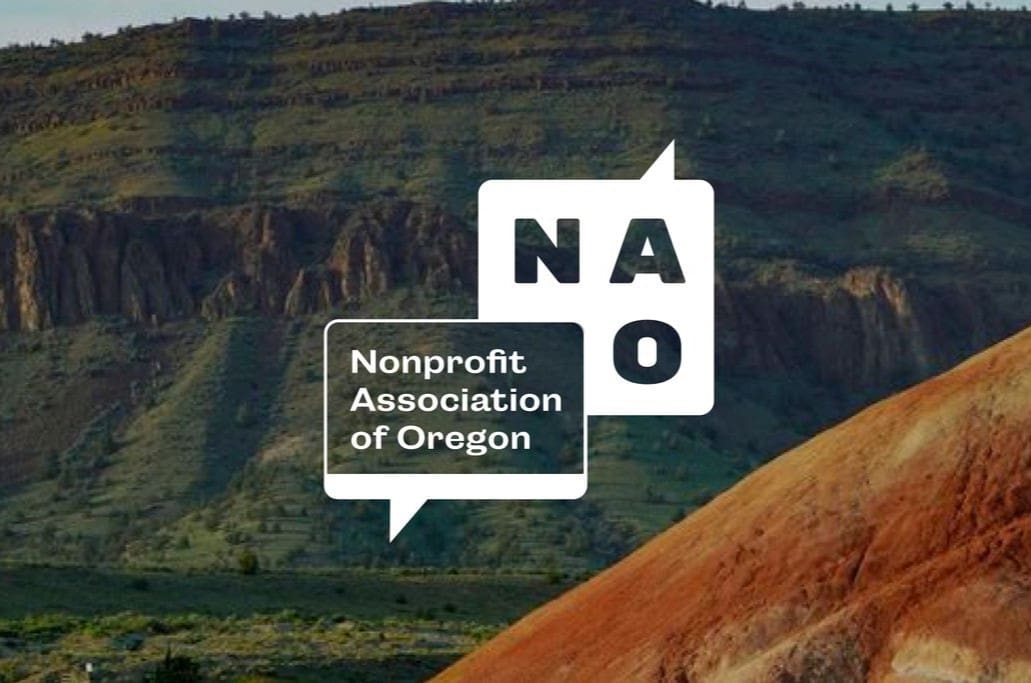Since last month’s roundup of research, we’ve found some new research to close out 2018 and launch into a new year. This month’s roundup highlights research on issues like school safety, charitable dollars from America’s wealthiest donors, the impact of transparency in fundraising success, and some keys to successful leadership and systems change work.
Schools report fewer out-of-school suspensions, but gaps by race and disability persist
At the end of 2018, the nonprofit Child Trends partnered with NPR to analyze federal data on suspensions in U.S. schools. While suspensions in 2016 were down overall from 2012, the progress has been incremental and, according to the analysis, it’s still mired in disparities across races and special education status. Black students and students with disabilities were two populations punished more often and more harshly than their white counterparts, sometimes even for the same behavior. The U.S. Department of Education issued detailed guidance in 2014 for minimizing such “discriminatory discipline.” A school safety commission under the current administration finalized a report on school safety at the end of last year that rescinded some of the disciplinary guidelines established by the Obama administration.
More on the report:
• Suspensions Are Down In U.S. Schools But Large Racial Gaps Remain
• Do the recommendations from the school safety commission go far enough?
Four Pathways to Greater Giving
A report released in late November by The Bridgespan Group found that the generosity of ultra-wealthy individuals and families falls short of what they could be giving. On average, ultra-wealthy American families donated just 1.2 percent of their assets to charity in 2017. An ultra-high net worth family that wants to spend down half of its wealth in 20 years would need to donate more than 11 percent of its assets each year. The report estimates that an additional $45 billion would be available to charitable causes if the ultra-wealthy merely increased their giving to 2.4 percent of their assets. The Bridgespan report identifies the barriers that impede the flow of charitable dollars from ultra-wealthy Americans, and posits four ideas that may incentivize, or just make it simpler, for wealthy donors to give more of their wealth to social change.
More on the report:
• How to Unleash $45 Billion for Charity
AALS 2018 Law Student Pro Bono Hours Survey
For the third year, the Association of American Law Schools (AALS) released its annual estimate of how many hours law schools have contributed in pro bono hours. The pro bono hour count includes legal services law students have contributed through clinics, or other experiential courses and activities. The total of nearly 3.5 million hours in 2018 averages out to about 211 hours per student. Using our most recent estimate for the value of a volunteer hour, the time law schools and students have contributed to their communities is in excess of $85.9 million.
Biggest Gifts by Individuals or Their Foundations
Earlier this month, the Chronicle of Philanthropy released its annual list of the ten biggest gifts announced by individuals or their foundations. Two gifts from entrepreneurs Jeff Bezos and Michael Bloomberg exceeded $1 billion each. However, the overall dollar sum of the year’s ten largest gifts represents a steep fall from the previous year despite the fact that the 2018 list includes 12 total gifts because of ties. The ten largest gifts of 2017 totaled $10.2 billion while the 12 largest gifts of 2018 totaled $5.8 billion.
More on the report:
• America’s super wealthy gave fewer big dollar donations in 2018
Determinants and Consequences of Nonprofit Transparency
In a recent study published in Journal of Accounting, Auditing & Finance, researchers from Villanova University and University of Wisconsin found that charities earning a seal of transparency from the nonprofit GuideStar gained an average of 53 percent more contributions one year later. The current GuideStar rating consists of four different levels, and even the difference between levels correlate with a difference in average contributions. For example, charities that earned the silver transparency rating earned roughly 26 percent more contributions than those with a bronze rating. According to the research, organizations considered transparent are associated with stronger governance, better performance, more professional staff, and are often located in states that require public disclosure of their audited financial statements.
More on the report:
• More transparency means nonprofits get more donations
Nonprofit Board Leadership Study
In partnership with UN’s private sector collaboration called IMPACT2030, Korngold Consulting LLC released the results of the 2018 Nonprofit Board Leadership Study. The study shows that employees from the business sector who serve on nonprofit boards develop in ways that positively change their behaviors, effectiveness and productivity on their jobs as soon as one or two years after beginning their board service. Independent Sector Board Member and American Express Foundation President Tim McClimon wrote in greater detail about the results of this year’s study this week in Forbes, and encouraged corporate leaders to consider joining a nonprofit board to develop their own personal and professional leadership skills.
More on the report:
• Nonprofit Board Service Builds More Effective Business Leaders
Weaving Successful Partnerships: When Funders, Evaluators, and Intermediaries Work Together
In partnership with Engage R+D and Harder+Company Community Research, Equal Measure developed a new report commissioned by the James Irvine Foundation to contribute to the discussion and knowledge in the field of complex systems change work involving multiple partners. Using case studies on how three different partnerships approached structure, trust building, and developing a learning culture, the report helps stakeholders understand some of the complexity in systems change work–a field that can involve numerous partners, funders, intermediaries, and evaluators.
Add Your Voice
The research summaries above are by no means an exhaustive list of the newest information out there to help us better understand the nonprofit landscape. So if we missed a report you think we should know and share about, let us know by leaving a comment!



